Islamic State claimed fighters from its West Africa Province affiliate killed 11 soldiers in an attack on a military base in Gajigana in the volatile northeastern Borno state.
In a Saturday statement, ISIS said ISWAP fighters on Friday, May 10 attacked the military base in Gajigana, also spelled Gajiganna, around 45 km (28 miles) north of Borno state capital Maiduguri. ISIS claimed 11 soldiers were killed and others injured. It said that two “tanks” were destroyed and the base was burned, and that two four-wheel-drive vehicles, weapons and ammunition were captured.
Citing three unnamed sources, Reuters reported that insurgents attacked the town on motorbikes around 6:30 p.m., firing on residents and the military. According to the report, reinforcements deployed from a neighboring town and the militants were pushed out with air force support.
Some of those injured in the attack were being treated at the University of Maiduguri Teaching Hospital, the Cable reported.
Update May 12 Nigerian Army Colonel Sagir Musa said in a Sunday release that troops from 212 Tank Battalion deployed to Forward Operation Base Gajigana “ambushed terrorists attempting to infiltrate Gajigana town/troops’ location” and a number of militants were “exterminated.”
Two soldiers who were injured during the encounter were in a stable condition in a military hospital, he said.
Friday’s attack is the latest in a series of ISWAP attacks in the area in recent weeks. On May 3, ISWAP militants overran a military base in Magumeri, holding it for several hours. ISIS claimed 10 soldiers were killed, and published images of what it said were ISWAP fighters attacking “Mamri.” The Nigerian army later said “troops exterminated scores of the insurgents.”
Magumeri, around 40 km northwest of Maiduguri, and around 33 km northeast of Gajigana.
The base in Gajigana was also apparently unsuccessfully attacked on February 16. ISIS claimed ISWAP fighters clashed with the Nigerian army, killing and wounding of a number of soldiers.
The army later said that troops deployed at Gajigana Forward Operating Base had “successfully repelled and fatally dealt with” the attack by “Boko Haram Terrorists,” adding that the militants had “suffered heavy casualty.”

ISIS publishes images of Sabon Gari attack, captured vehicles
ISIS later on Saturday published images of burning buildings and vehicles and a dead body from what it said was an attack on a military base in Sabon Gari, as well as others it said were of military vehicles captured in attacks. It did not specify when the images were taken.

On April 26, ISWAP fighters attacked a Nigeria military base in Sabon Gari near Biu, around 135 km southwest of Maiduguri. ISIS claimed 10 soldiers were killed and another captured. Three days later, security sources told AFP at least five soldiers were killed and around 30 were missing.
The Nigerian military described reporting on Sabon Gari incident as “unsubstantiated” and that the “fake report” was the handiwork of “Boko Haram sympathizers.” Colonel Ado Isa said there were “only minor casualty on own troops,” without specifying casualties.
The Nigerian military rarely comments on the ongoing counter-insurgency operations, and tends to downplay the insurgents’ effectiveness, rarely acknowledging engagements and seemingly understating military casualties and equipment losses.

One of the vehicles in the images released on May 11 is a Nigerian Army Special Forces Command BAE Caiman mine-resistant ambush-protected vehicle.
On April 28, ISIS propaganda agency Amaq released an image of an NASFC Caiman, saying that it had been captured in Sabon Gari.

Amaq claimed two “tanks,” an armored vehicle, and four four-wheel-drive vehicles were captured during the Sabon Gari attack.
The images released on May 11 included an FV101 Scorpion light tank, an Otokar Cobra armored vehicle fitted with a turret, the Caiman MRAP, a Chinese-made Poly Technologies CS/VP3 armored vehicle, and at least four pickup trucks of various makes and models.
It should be noted that in claiming the May 10 attack on Gajigana, ISIS only said that two four-wheel-drive vehicles were captured.

Update May 12 In an operation dubbed “Hard Strike,” troops from 121 and 192 Battalions along with with Civilian JTF militia members and local vigilantes “continued with clearance operations to end Boko Haram terrorism” in Surdewalla, Ranwa, Baladayo, Sabon Gari and Shetimeri villages on Friday, Musa said in the Sunday release.
At Ranwa 11, three “terrorists” were killed and “many were obviously wounded and others escaped,” while troops in Sabon Gari and Shetimeri “cleared a scout of Boko Haram terrorists” and destroyed a make-shift shelter.
Meanwhile, 117 Task Force Battalion and the Civilian JTF cleared Mboa, Mboa-Kura, Yarchida, Bombula, Tshata and Bamzir villages, near Chibok. Troops at Furfur village exchanged fire with militants, killing one, and an AK-47 and 50 rounds of ammunition were recovered.
The jihadist group known as Boko Haram began its decade-long bloody insurgency in northeastern Nigeria in 2009 but it has since spread into neighboring Niger, Chad and Cameroon, prompting a regional military response.
Boko Haram split into two factions in mid-2016. One, led by long-time leader Abubakar Shekau, is notorious for suicide bombings and indiscriminate killings of civilians. Shekau pledged allegiance to ISIS leader Abu Bakr Al-Baghdadi in March 2015, but ISIS central only gives formal backing to the other faction, which it calls Islamic State West Africa Province.
The ISWAP faction, which largely focuses on attacking military and government targets, was led by Abu Mus’ab Al-Barnawi, but in March, audio recordings revealed that ISIS appointed Abu Abdullah Idris bin Umar, also known as Ibn Umar al-Barnawi, as leader. ISIS has not yet made a public statement confirming the change.
The Multinational Joint Task Force, a regional counter-insurgency force comprising personnel from Chad, Cameroon, Niger, and Nigeria, launched Operation Yancin Tafki on February 21 to battle the insurgents. It has said the cross-border operation is aimed at “making islands and other settlements in Lake Chad untenable for Boko Haram Terrorists.”
ISWAP is the dominant insurgent group in the Lake Chad area.
More than 27,000 people have been killed and two million others displaced, sparking a dire humanitarian crisis in the region. On April 30, the U.S. Ambassador-at-Large and Coordinator for Counterterrorism Nathan A. Sales said that the U.S. assesses that Boko Haram and ISWAP “have been responsible for over 35,000 deaths since 2011.”
Nigeria: Islamic State fighters overrun Magumeri military base


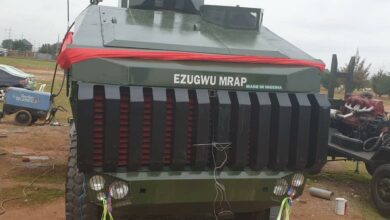
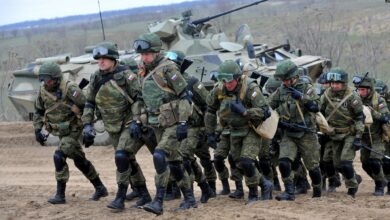
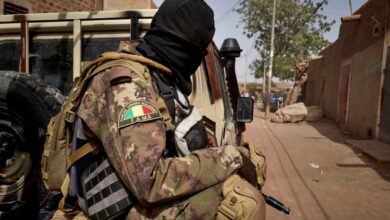
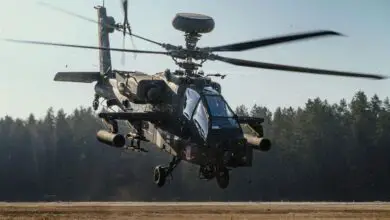
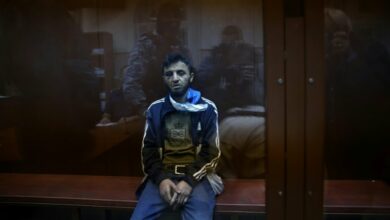
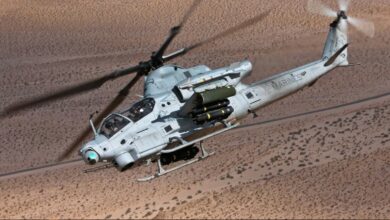

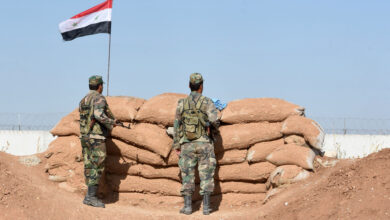
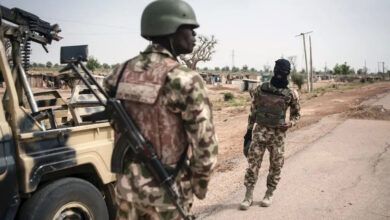
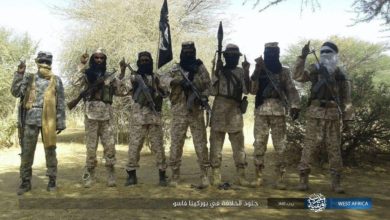
3 Comments